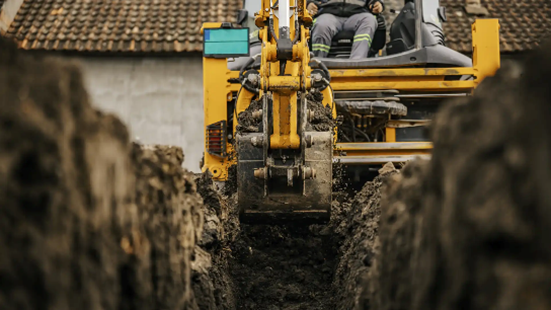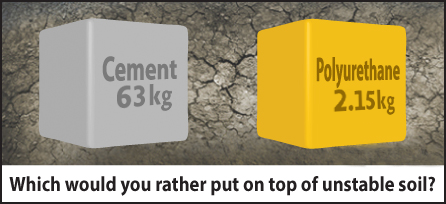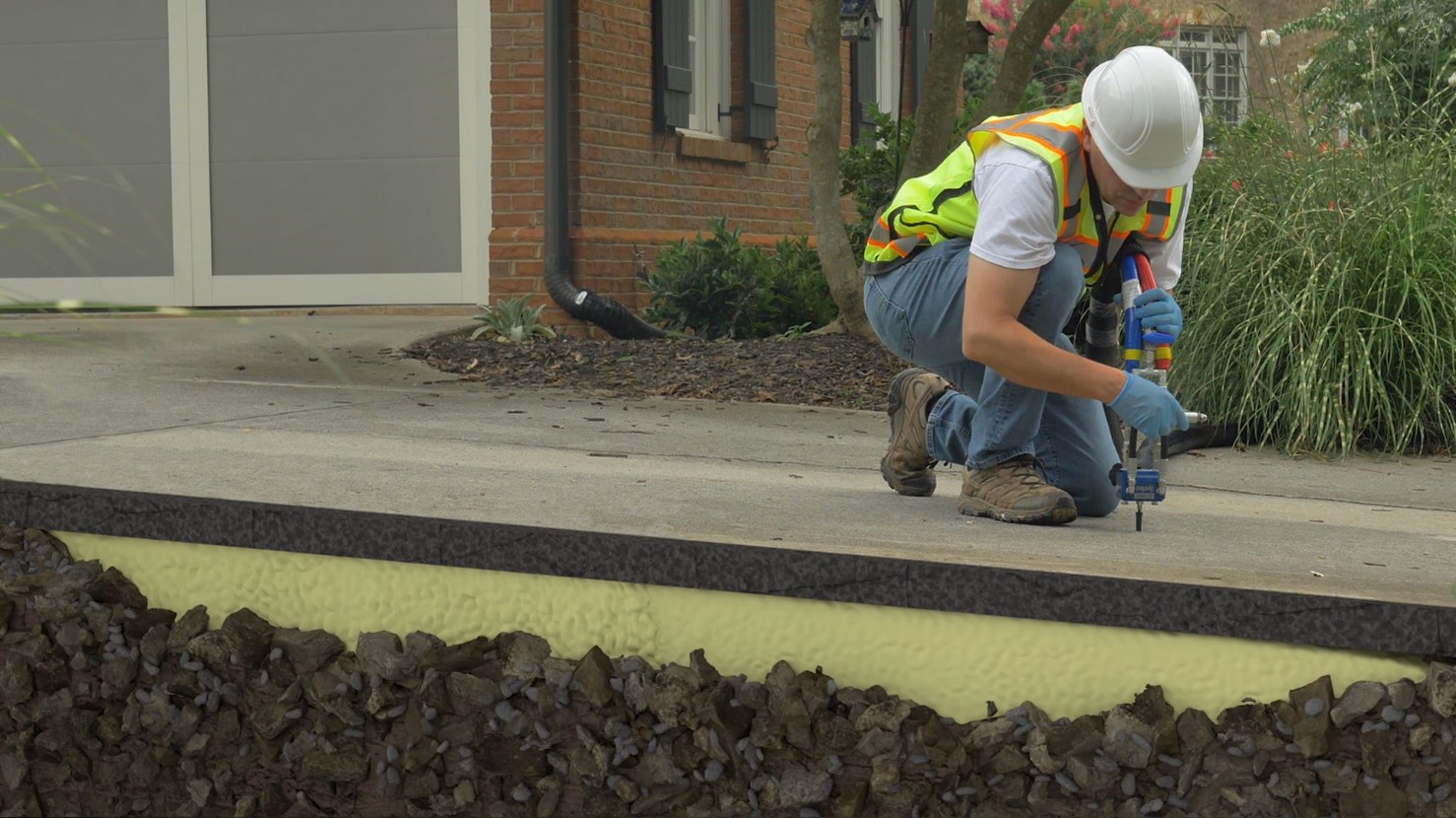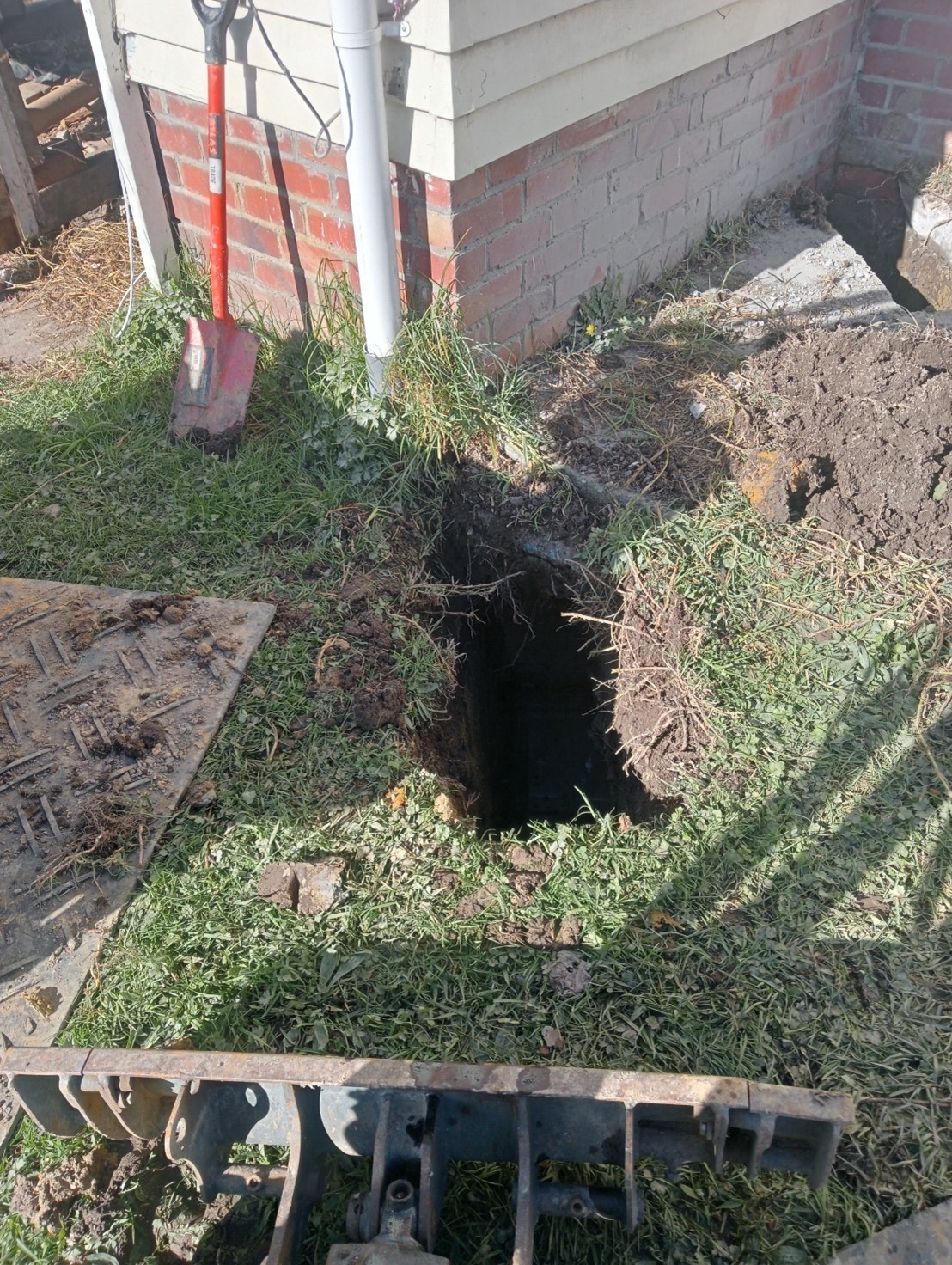Foundation replacement is the worst-case scenario and can be extremely expensive but not always be necessary.
Luckily, there’s another option for homeowners to strengthen their existing foundation without going through all that expense. This method is known as underpinning.
Below, we explore underpinning and its key benefits.
Underpinning in Construction Defined
Underpinning is a term used in construction to describe strengthening the foundation of an existing building or structure. It is a crucial aspect of construction, and various methods of underpinning a building exist. Underpinning is essential to ensure the stability and safety of existing foundations and the buildings atop them, particularly those ageing or experiencing structural issues. Anyone hiring a foundation contractor to repair their home foundation should understand how underpinning can address differential settlement.
Signs of Differential Settlement
Underpinning is a typical solution for situations where a building’s foundation has become unstable or weakened over time through differential settlement. Several signs indicate differential settlement and the need for underpinning. If you notice any of the following signs, contact the team at Grace to discuss a solution.
- Cracks in Walls and Floors: One of the most common signs of foundation settlement is the appearance of cracks in the interior and exterior walls and floors. These cracks may be horizontal, vertical, diagonal, or stair-step patterns. They are typically wider than hairline cracks and may continue to widen over time.
- Uneven or Sloping Floors: If you notice floors are no longer level or have a noticeable slope, it could indicate foundation settlement. You may feel a distinct unevenness when walking or notice that objects such as furniture tend to tilt or wobble.
- Doors and Windows Stick or Misalign: Differential settlement can cause the shifting or tilting of the building’s frame, resulting in misaligned doors and windows. You may find it difficult to open or close doors and windows smoothly or notice visible gaps or spaces between the frames and the walls.
- Separation of Trim or Moulding: As the foundation settles unevenly, you may observe gaps or separation between the trim, moulding, or baseboards and the walls occurring at the corners of rooms or along the ceiling and floor joints.
- Visible Foundation Cracks: Inspect the exterior of your building for any visible cracks in the foundation itself. These cracks may be vertical, diagonal, or stepped, indicating significant settlement issues.
- Chimney Tilting or Separation: A tilting or leaning chimney is a potential sign of foundation settlement. If you notice that the chimney is no longer upright or is separating from the rest of the structure, it may indicate differential settlement.
- Sagging or Bouncing Floors: In more severe cases of foundation settlement, you may experience noticeable sagging or bouncing in certain areas of the floors. This symptom occurs when the foundation support becomes significantly compromised.
Underpinning may also be necessary when making significant alterations to a building’s structure, such as adding additional floors or changing the layout of the interior. When doing any such work, you should hire a professional with experience in underpinning, as this is a complex process that requires careful planning and execution to ensure the safety and stability of the building. A professional will be able to assess the specific needs of the building and recommend the appropriate underpinning solution to address the issue.
Different Types of Underpinning
One of the most traditional methods of underpinning is mass concrete underpinning; this approach involves excavating beneath the existing foundation and pouring new concrete to create a stronger and larger base. However, concrete underpinning has become less common due to newer technologies.
Underpinning has evolved as we develop new techniques and methods. Underpinning traditionally involved excavating beneath the existing foundation and pouring new concrete to create a stronger base. Helical and push piers are commonly used in underpinning to stabilise and reinforce foundations that have settled or are experiencing structural issues.
The most modern method, and our favourite at Grace Foundation Solutions, is Resin Injection Underpinning. This process uses the very latest technologies in both European and the US. Referred to Chemical Grouting or Chemical Underpinning. Resin injections can relevel or stabilise any concrete structure, hardening stronger than concrete. The resin starts as a liquid and becomes a rapidly expanding foam that sets harder than concrete. The resin will find its way into the voids under a concrete structure and fill them before setting as hard as a rock. Talk to Grace Foundation Solutions to discuss your requirements as we offer different options, to lift, void fill or both.
Each method has advantages best suited for specific buildings or structures. Working with a qualified professionals to determine which type of underpinning is right for your project is essential. Grace Foundation Solutions provides traditional Concrete Underpinning as well as Resin Injection Underpinning options.
Benefits of Underpinning
Underpinning provides several benefits, including increased stability, safety, durability, property value, and flexibility.
- Structural stability & safety: By underpinning a building, the foundation becomes more stable, which reduces the risk of structural damage or collapse.
- Structural durability: Underpinning can also improve the durability of the building, making it more resistant to wear and tear over time.
- Increased property value: Enhancing the foundation can increase property value, benefiting homeowners and real estate investors.
Future Renovation Flexibility: Underpinning provides flexibility regarding potential renovations or expansions to the building, as it can support additional weight and structural modifications.



Underpinning Costs
Investing in underpinning ensures your building’s long-term stability and safety.
Several factors impact the cost of underpinning, including the following:
- Size and complexity of the building design
- Existing Foundation type
- Materials required
- Property location
Different types of underpinning, such as traditional concrete underpinning or the resin injection approach, will also come with varying costs.
Consider the long-term benefits of underpinning, such as increased stability and property value, when evaluating the project’s cost. By carefully considering these factors, you can then make an informed decision about the cost of underpinning and ensure you get the best value for your investment.
Preventing Further Foundation Damage
Though several factors impact your home’s foundation, you can take a few measures to reduce the risk of foundation damage.
Proper drainage is essential for preventing water accumulation and soil saturation. Ensure that all gutters and downspouts are directing water away from the foundation. Maintain proper grading, sloping the soil away from the building to prevent water from pooling near the foundation. Consistent moisture levels around the foundation are equally important as proper drainage. Avoid excessive watering near the foundation during dry periods, as it can lead to soil shrinkage and settlement. Conversely, consider watering the soil around the foundation during prolonged dry spells to prevent excessive drying and soil contraction.
Have your foundation regularly inspected for signs of damage or deterioration. Keep a look for cracks, gaps, or settling, and address any issues promptly to prevent them from worsening. Ensure the foundation is properly sealed and waterproofed to protect it from moisture intrusion. Have your plumbing system inspected for leaks. Monitor water bills for any significant increases that could indicate hidden leaks.
When landscaping around your property, consider the potential impact on the foundation. Avoid planting large trees or shrubs too close to the building, as their root systems can draw moisture from the soil and cause soil movement.
Schedule an annual foundation inspection by a foundation specialist, to assess the condition of your foundation. This will help identify early signs of potential issues and allow for timely intervention.
This will also then be useful in the event of a natural disaster to help your insurance company determine if any subsequent damage after an event is related to the event or if it is simply gradual deterioration.
Build a Reliable Foundation with Grace Foundation
At Grace Foundation Solutions, we are the experts in Foundations. We understand the importance of a strong, stable foundation to keep structures standing tall. Whether you’re concerned about some foundation damage or looking for a full replacement, we can use the latest technology to help. Talk to one of the Grace ground technicians today to discuss your customised foundation solution.

